Alexander and Darius
The Battle of Issus happened in 333 BC, near the city of Issus, in Asia Minor, when the Macedonian king, Alexander the Great, defeated Darius III, king of the Persians. This is one of the most famous battle between the Macedonians and the Persians.
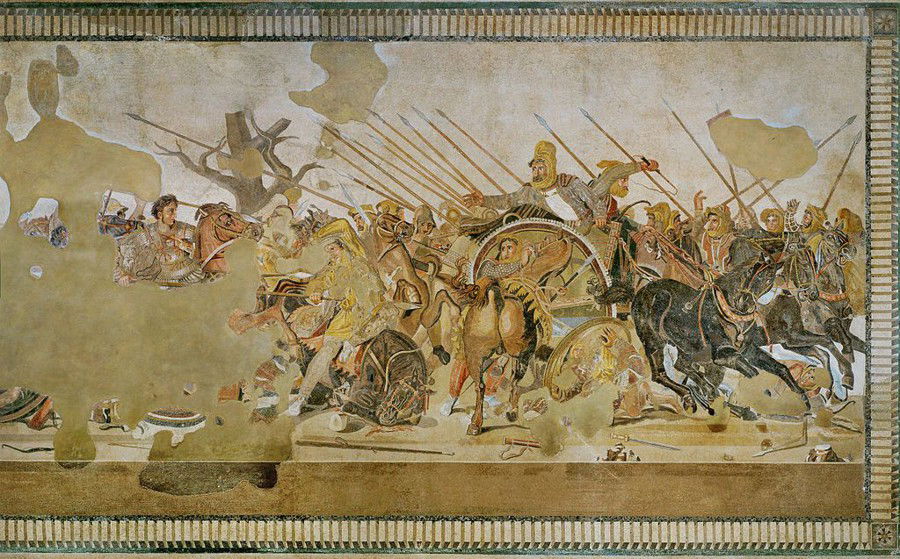
The weather had an impact during the war, and troubles in supply lines also had an influence, strategic mobilization of troops to reach the battle site made a difference, flank attacks were part of the conflict, all this meant that correct and strategic positioning, even when one's outnumbered, can win a war.
There was desertion, including Darius III himself, who fled in such a hurry that he abandoned his mother, wife, children, and some servants who were in his forward camp.
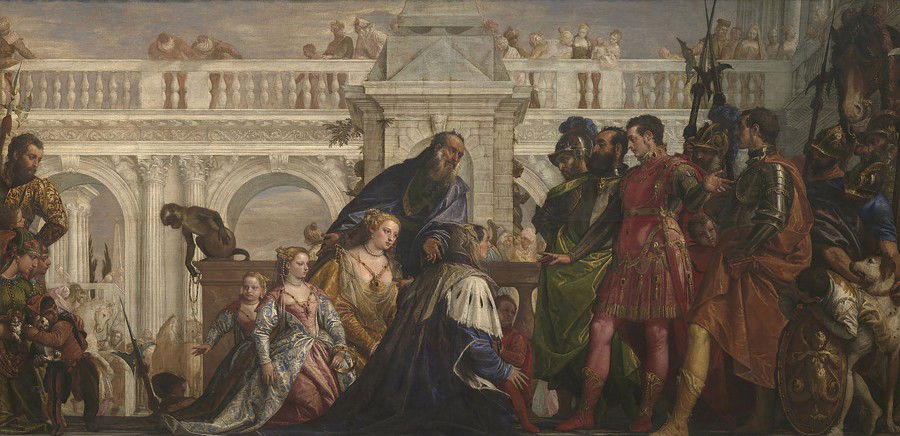
This is the background for Battle Line, with all the historical components. Everything that happened in real life can be found in the game!
Battle Line - Game Info
Battle Line is a 2-players game, age 12+, created by Reiner Knizia. Art by Rodger B. MacGowan and Mark Simonitch.
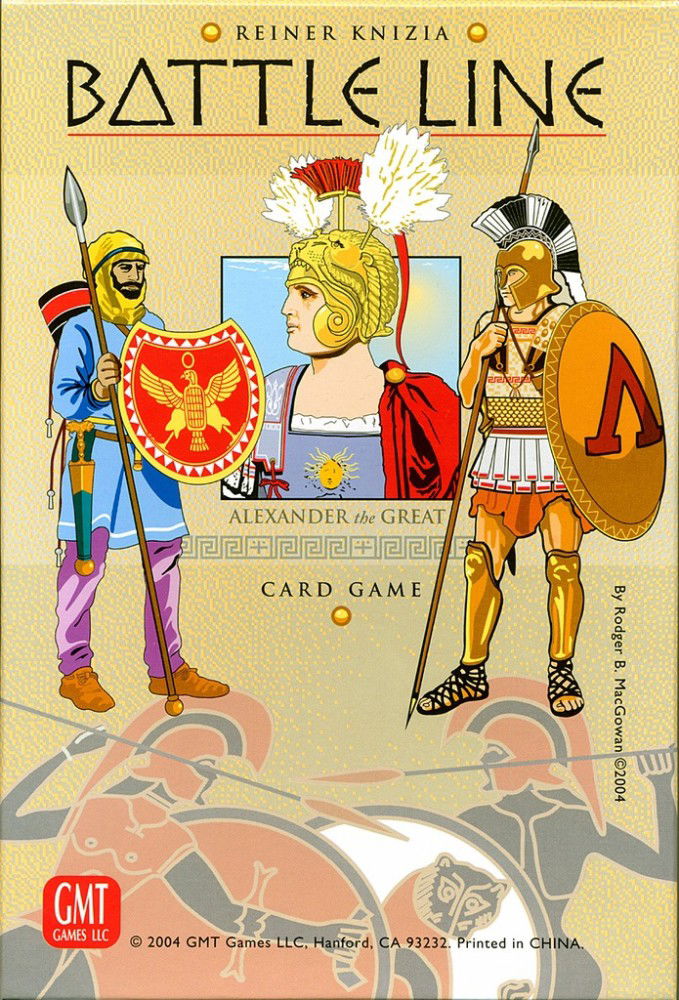
Battle Line was released in 2000 by GMT Games, but hasn't been officialy released in Brazil. The main mechanics are: hand management, set gathering, and battling with your cards.
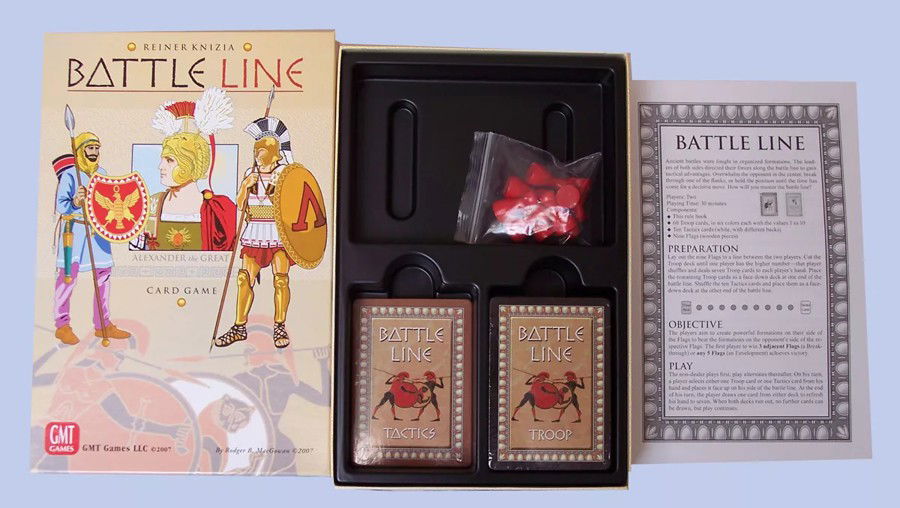
Battle Line is a repackaging of Schotten Totten, by the same creator, but of course with new art and using tactic cards, which made the game a lot better.
The Game
Two armies face each other. It starts with small skirmishes, with spearmen, hoplites (foot soldiers), and eventually phalanx formations, hypaspists (soldiers with large spears), light and heavy cavalry, chariots, and even elephants.
If that wasn't enough, in battle you will need to account for muddy terrain, fog, shield barriers, deserters, scouts, traitors, elite cavalry, and even a face-to-face between Alexander the Great and Darius.
This is the setting of Battle Line!
Since ancient times, battles were fought in formations. Leaders on both sides directed their forces along the battle line to gain tactical advantages. Whether it was defeating the opponent in the center, crossing one of the flanks, or holding the line until the decisive move. What about you? How will you set up your battle line?
The idea behind Battle Line is to set up your formations in the best possible way to fight the enemy in a constantly changing line. Many variables are taken into account, from moral support from leaders, weather conditions, and unexpected events.
The setup is very simple: place the 9 flag tokens next to each other, each token representing a battle. The objective is to win 3 battles that are adjacent or win any 5 of them, even if they are far from each other. Shuffle the deck of tactics cards and troop cards separately, place each of them on one of the ends of the 9 battle lines, give 7 troop cards to each player and that's it!

The turn is extremely simple, but highly strategic. Three actions are performed, namely:
- play a card from hand on one of the 9 battle lines;
- check if you won any battle;
- draw a card from any of the decks, tactical or troops.
Playing a card is one of the crucial moments in Battle Line, since it's what puts everything in motion. If you play a troop card, it can be anything from a card indicating a small battle, a skirmisher or even an elephant. It reveals a lot about your strategy.
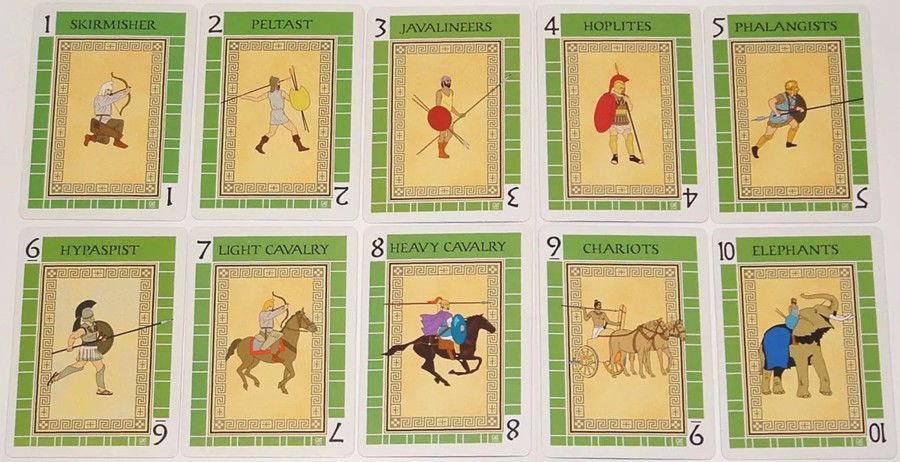
The other option is to play a tactical card, which have many different effects, such as:
- Morale cards: leaders Alexander and Darius, elite cavalry, and shields;
- Environment cards: facing mud and/or fog;
- Unexpected Events cards: there will be redeploy, betrayal, desertion and espionage.

Tactics cards change the game in a huge way. There are 10 cards in total and they can make a lot of turnarounds in battles.
After playing a card from your hand, it’s time to check if you won a battle. A battle, in general, is decided after the 2 players have each placed 3 cards on their side of the battle line. There are a few ways to win a battle, or rather, some formations:
- 1st Formation (strongest): 3 cards of the same color and consecutive values;
- 2nd Formation: 3 cards of the same value;
- 3rd Formation: 3 cards of the same color;
- 4th Formation: 3 cards of any color, but consecutive values;
- 5th Formation (weakest): 3 cards of any color.
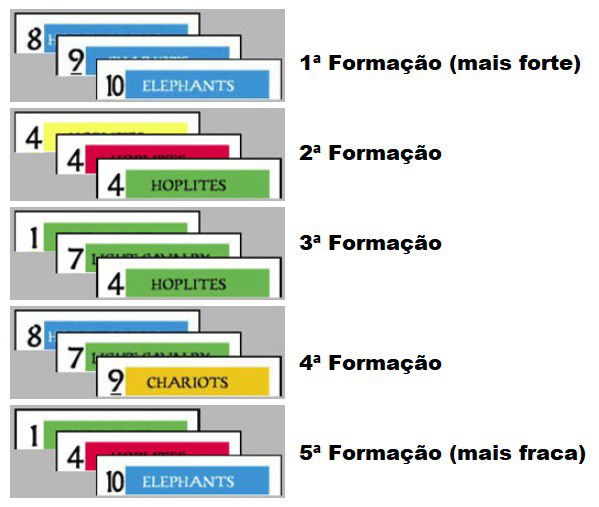
As expected, the strongest formations beat the weakest, in order, from the 1st to the 5th formation. If there is a tie, whoever completed the respective formation first wins the battle. If you see that you won, put the respective token of that battle to your side of the line.
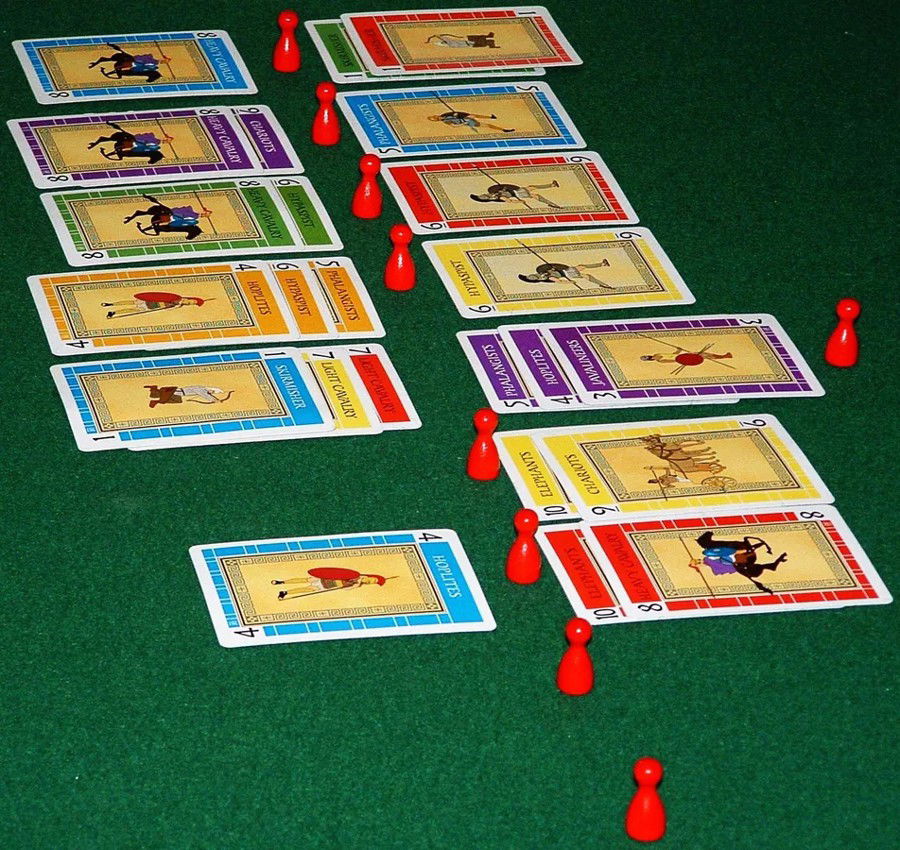
After that, simply draw a card from either the tactical or troop decks to replenish your hand. Now it's your opponent's turn.
This is a Battle Line turn!
Ending the Game
The game ends when one of the following 2 things happen:
- when a player wins 3 adjacent battles;
- when a player wins any 5 battles.
The player who achieves one of the two conditions first is the winner.
If you and your opponent decide to play Battle Line multiple times, a scoring variant can be used:
- the winner scores 5 points AND
- the loser scores as many points as the number of battles he has won.
Strategy Tips
Battle Line brings all the strategic thinking of a chess game and the card management inspired by poker. It's a good combination!
If you want to win in Battle Line, you must be wise with your game plan. Remember that there are two ways to win: if you choose to win 3 adjacent battles, you must concentrate forces in 3 consecutive lines and try to win quickly. To do this, it is important to have good cards in your hand and look for tactical cards that'll help in this regard.
However, if you choose to win any 5 battles, you will have more room to think and will be able to better divide your forces. It takes a little more work, but it is often necessary, since everything depends on the troop and tactics cards in your hand at each moment of the game, in addition to the opponent's actions. You cannot just blindly attack; you need to respond to your opponent's attacks with cunning and strategy.
Use the strongest formations to secure some battles and, in the ones that you can't win, use them as an opportunity to put cards that would not form good combinations in other lines. This way, you can replace weaker cards or useless cards.
I suggest that, when you redraw at end of turn, prefer to take cards from tactics deck, as there are only 10 of them and they have great impact on the game. There is only one exception: leader cards Alexander and Darius cannot be used by the same player. In other words, if you used Alexander, even if you have Darius in your hand, you cannot play him, and vice versa. This makes sense, since they are on opposite sides in the war.
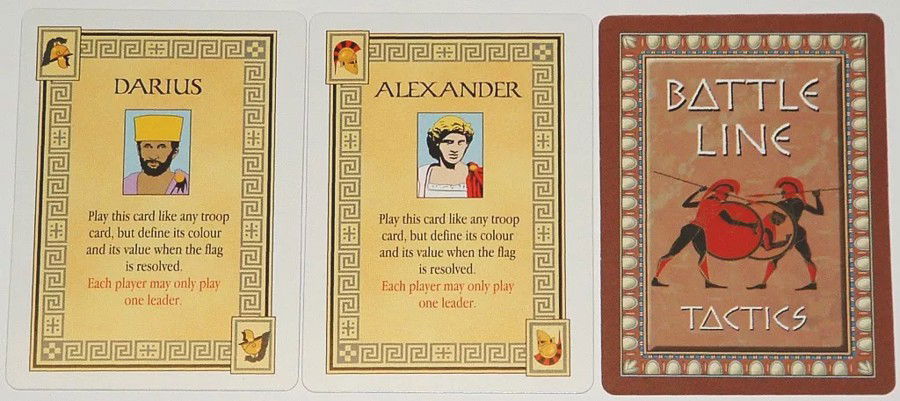
To claim a battle, or a flag token, sometimes it is not necessary to wait for the opponent to place their third card. In fact, in some cases, it is not even necessary to wait for them at all! For example: if you have already formed the first combination (the strongest) in the first 3 turns, you can claim the battle immediately, even if the opponent later forms an identical one. Whoever completes the formation first wins the tiebreaker. Remember that!
Use your strategy, choose your battles, manage your troop and tactics cards wisely, and win in Battle Line!
Unboxing, Rules, and Gameplay Videos
Unboxing
Rules
Gameplay
Pedagogical Tips
If you are looking for a fast-paced game with a lot of historical background, easy to play, and a lot of fun, Battle Line is the right choice!
To stimulate children, start with the history behind Alexander and Darius, the great battle, and everything that happened: the formations, weather conditions, betrayals, espionage, desertion, etc. After that, explain that all of this will be present in the game. Children will love it!
The stimuli of logical and mathematical reasoning are present all the time in Battle Line, when you choose which troop or tactic cards to use and where to place them. Logical thinking is needed to evaluate the formations, as values are used to define the combinations, making the game a great exercise.
The excitement of the match comes when you wait to see how your opponent will respond to your attack. How will they react? Will they play a troop card as reinforcement or a tactical card to change everything? This makes the game really interesting and will have the kids ' attention.
From an educational perspective, Battle Line teaches history, stimulates management, strategy, decision-making and logical-mathematical reasoning, and is also fun!
I recommend Battle Line for your collection!








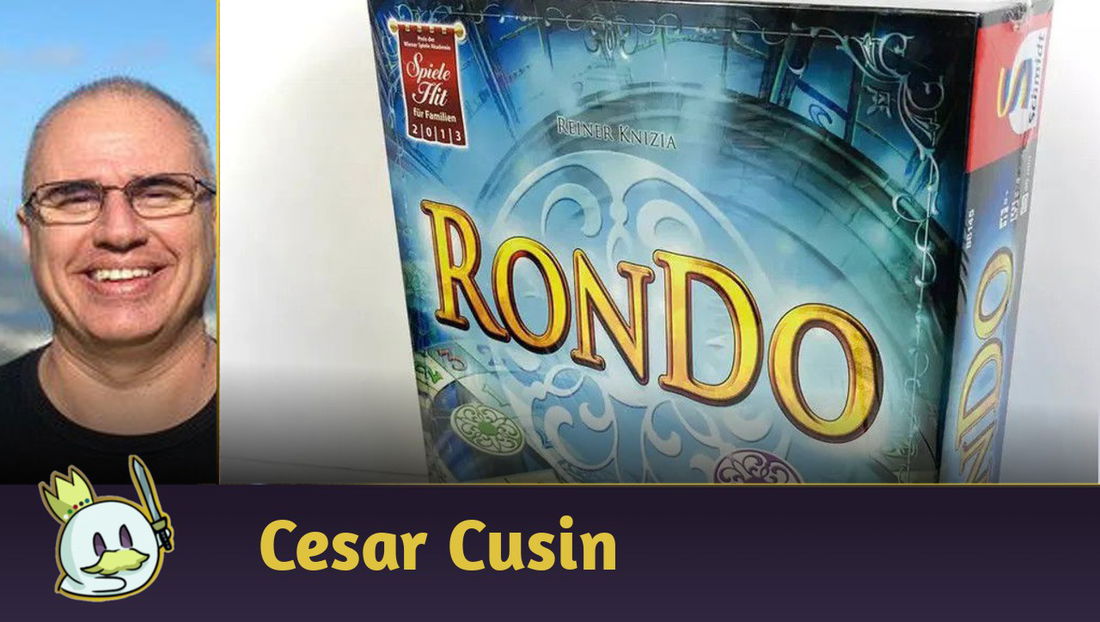
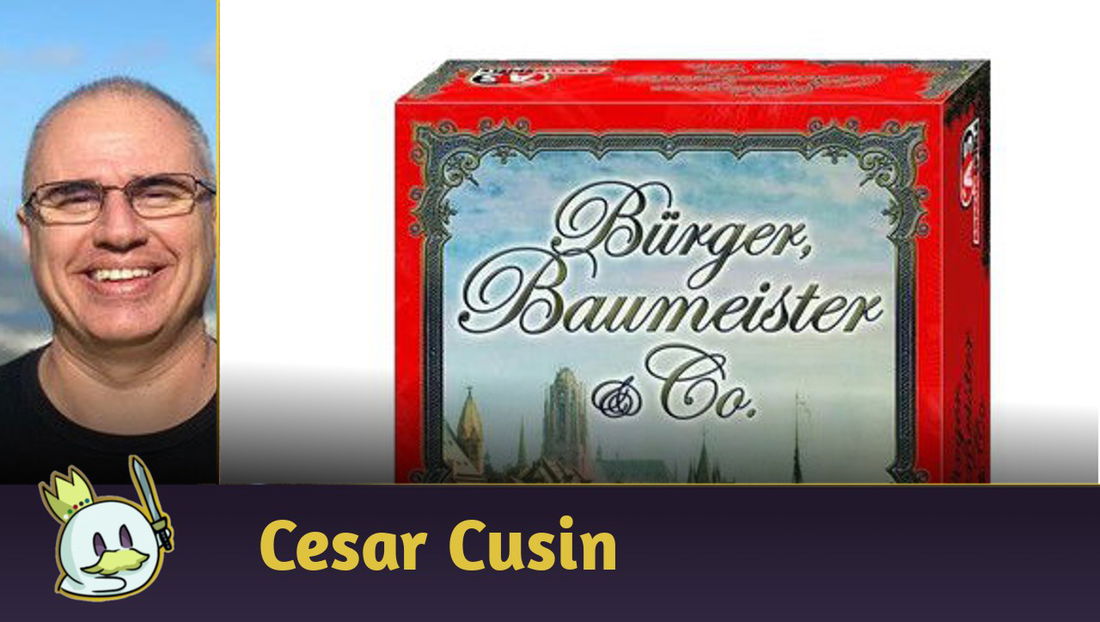


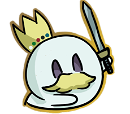
— Comentários 0
, Reações 1
Seja o primeiro a comentar